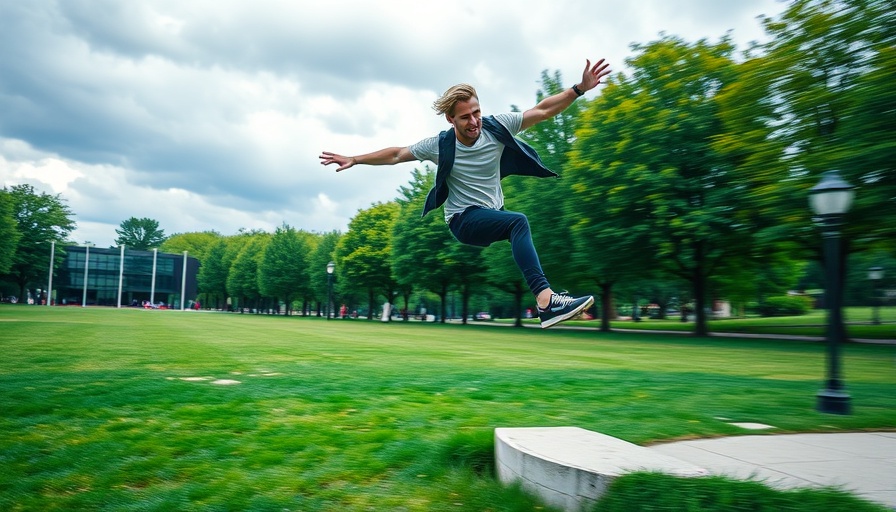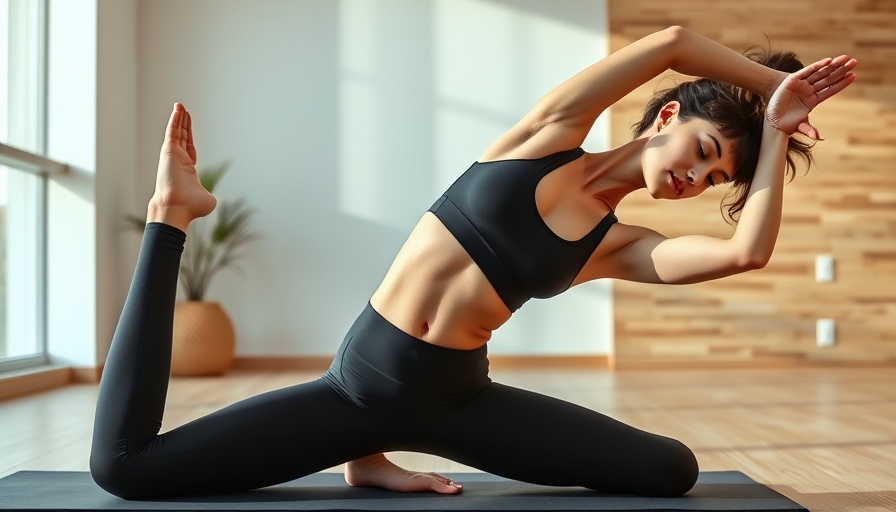
Are You an Athlete? Rethinking Our Fitness Identity
In a world saturated with fitness influencers and viral workout videos, it's easy to feel that being an athlete equates to being physically active. Nike’s declaration, “If you have a body, you’re an athlete,” may be inspirational at first glance, but for most of us, striving for athleticism creates unrealistic expectations. This perception presses us into a corner, fostering pressure and ultimately leading to discouragement when we fall short of athletic standards.
What’s important to understand is that the majority of individuals are not athletes in the traditional sense; they are everyday people trying to maintain a healthy lifestyle amidst busy schedules. This reality actually liberates us—it shifts our focus from the pursuit of high-performance fitness to cultivating a balanced, enjoyable approach to movement.
The Illusion of Universal Athleticism
Think of the countless social media feeds filled with high-intensity workouts, flawless lifts, and high-performance training routines. This visibility can warp our understanding of fitness norms, making it seem as though everyone should be training like elite athletes. But what we rarely see is the underlying reality: it takes years of dedication and specialized training to perform at that level. Celebrity athletes thrive in their domain, often embodying a specific lifestyle supported by coaches and extensive practice. For the average adult, this is not just unrealistic; it can lead to burnout.
Finding Value in Everyday Movement
Let’s celebrate the uniqueness of our fitness journeys. Every step we take to move is a step toward better health, regardless of athletic prowess. Daily activities—whether it’s walking the dog, playing with children, or practicing yoga for relaxation—contribute to our physical well-being. In fact, integrating regular, enjoyable movement into our lives can reap similar benefits to the high-intensity workouts that saturate our screens.
Creating Your Own Fitness Narrative
Your fitness journey should align with your personal goals and circumstances, not someone else's. By embracing functional fitness approaches, you can cultivate an exercise routine that fits seamlessly within your life. For instance, prioritizing mobility and flexibility practices can improve overall health without the need for intense workouts. Activities like dancing, hiking, or even gardening should be viewed as valid forms of exercise, emphasizing their role in enhancing quality of life instead of merely focusing on aesthetics or performance metrics.
The Mental Boost of Moving Without Labels
Shifting the conversation from athleticism to appreciating our body’s abilities fosters a healthier mindset. When we detach our self-worth from athletic achievements, we open ourselves up to the joy of movement itself. This perspective encourages mindfulness—creating a space to listen to our bodies and understand what feels good.
Moreover, gathering with friends or family for light recreational activities can enhance our mental health, serving as a reminder that shared experiences significantly boost our spirits. As we redefine fitness with a broader lens, we begin to truly celebrate what it means to be active, regardless of our athletic title.
Taking Action: Redefining Your Fitness Journey
So, how can you incorporate these ideas into your everyday life? Start by engaging in activities that spark joy. Set attainable fitness goals that resonate with your lifestyle instead of the flashy standards often portrayed online. This may include participating in community sports, walking regularly, or exploring new forms of exercise. With small, meaningful steps, you’ll create a healthier relationship with movement and enhance your overall well-being.
It’s time to embrace your unique fitness narrative—whether that involves climbing mountains or simply getting up off the couch. Remember, you’re not just an athlete, you’re a person striving to move your body in ways that feel good. And that’s worth celebrating! If you’re looking for practical tips and inspiration tailored for your busy life, continue exploring resources that emphasize joyful movement and holistic well-being.
 Add Row
Add Row  Add
Add 




Write A Comment